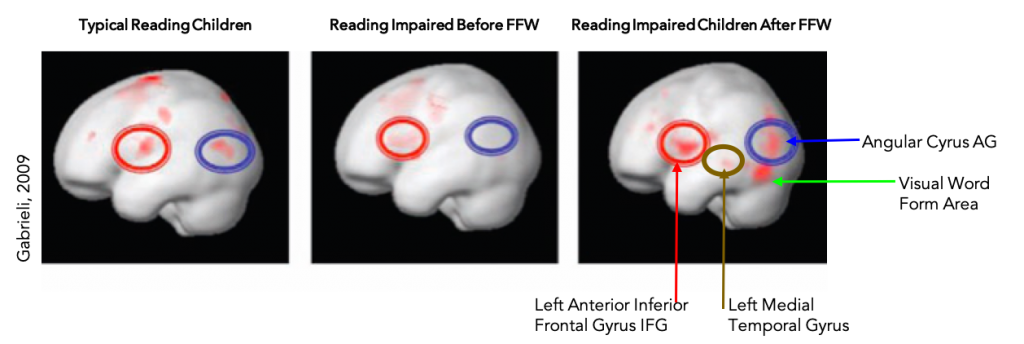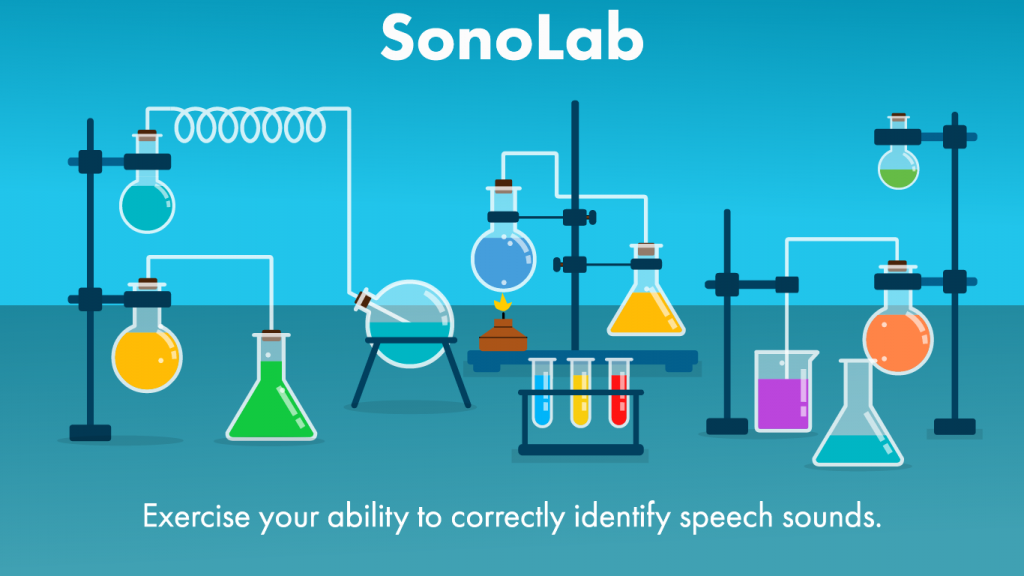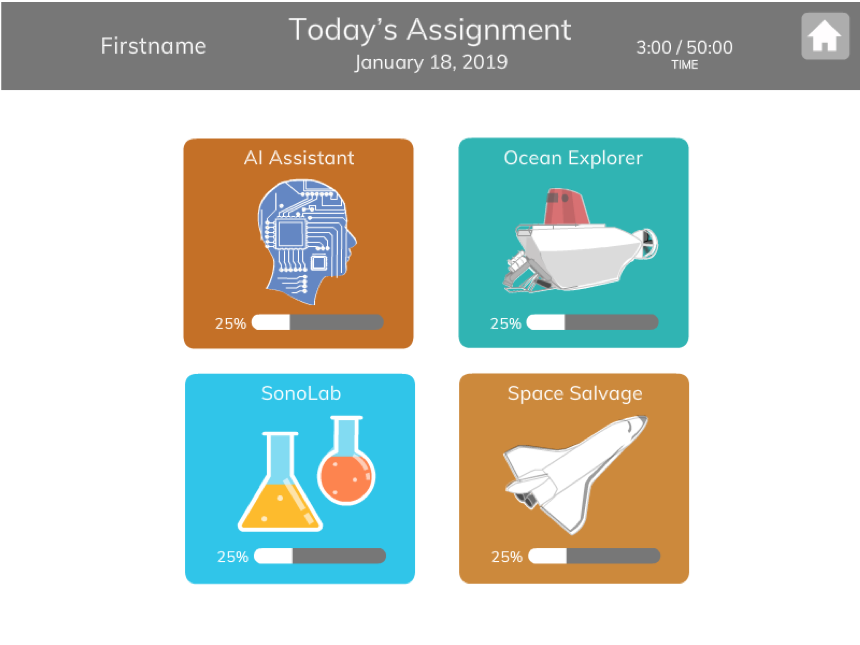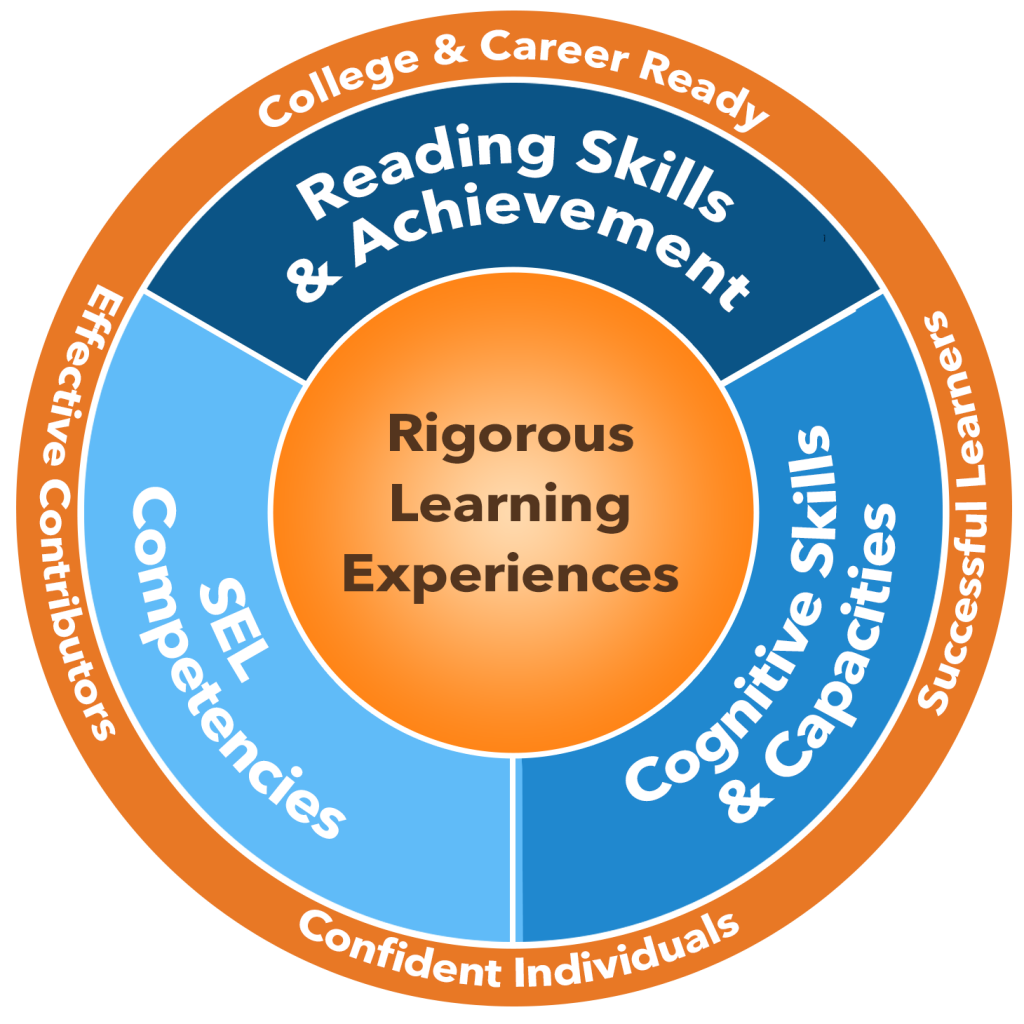
We are proud to introduce Fast ForWord Literacy, the new secondary program from Scientific Learning. In a recent webinar, Dr. Martha S. Burns, Director of Neuroscience Education, and Wendy Mathieu, VP of Product Management, explain the science and research behind Fast ForWord Literacy and its unique features. Below is a brief summary of the webinar.
If you are a middle school or high school teacher, this might sound familiar to you. Students who struggle to learn at a normal rate fall behind the average student in school. They often hide their embarrassment behind coping mechanisms such as behavioral issues and are afraid to ask their parents or teachers for help. These learning roadblocks follow them to secondary school, creating a domino effect that leads to low self-esteem, low graduation rates, and more limited career options.
Teachers can become frustrated with their students and may believe that change in behavior is the proper solution to the problem, but it is actually much deeper than that. Neuroscience research has shown that the visual cortex and the auditory cortex do not innately work together, but instead they must be wired together to allow the brain to rapidly and accurately process visual and auditory information. This synchronous wiring allows individuals to automatically associate sounds and letters together, allowing students to decode and comprehend sentences. For some students, the wiring is incomplete, and reading becomes a struggle.
Fortunately, there is research that proves instruction can be engineered to build new abilities within students’ brains as well as trigger brain activity consistent with that of expert readers. In fact, a study at Stanford found struggling students’ brains became normalized after just eight weeks of using the Fast ForWord program, and that the program improved students’ levels of fluency and phonological performance.

The new Fast ForWord Literacy program for grades 6-12 is designed specifically for the adolescent brain. It puts an “attention spotlight” on the individual sounds of language and letters, allowing students to selectively attend to each letter in visual and word form, in terms of where it happens in the word and in which order it occurs. Adolescents also need specific amounts of motivation and a socially safe learning environment, which Fast ForWord Literacy intentionally delivers.


Fast ForWord Literacy provides rigorous learning experiences, which provide students with adaptive, engaging, and intentional practices through the use of cross training and personalized programs. These learning opportunities cultivate three types of learning skills and competencies, which best serve the needs of each adolescent student.

- Fast ForWord Literacy builds reading skills and achievement. These skills include phonological and phonemic awareness, phonics, decoding, vocabulary acquisition, language structure, fluency, comprehension, and so much more.
- Cognitive capacities are also highlighted throughout the program, improving memory, focused attention, sequencing, self-control, perseverance, and goal-setting skills.
- The last factor the program enforces is social-emotional learning competency. This allows students to build their self-confidence and self-concept, while improving their self-management and self-advocacy skills at the same time.
All of these units come together to form a brain-based learning reading program that is engaging and provides struggling secondary students with reading training that is aligned to state standards and is based on the science of reading, while allowing teachers to better address the needs of every student.
Watch the webinar introducing Fast ForWord Literacy to learn more.
Don't have time to watch the webinar? Download the brochure.


Thank you for an excellent article. I wonder if I can post it on my website; obviously giving full credit to Dr. Burns and Scientific Learning.
Please let me know quite soon. Lots of my students are at home and not learning.
Thanks again,
Linda Narun
[email protected]
Hi Linda,
Thanks for your interest! I spoke to Nick about this, so I'm sure he'll let you know what I said, but the short answer is yes. 🙂
I'm interested in seeing what this next level of Fast ForWord has to offer.
My daughter experienced fast forward when she as pre-k and Kindergarten. She is now in 3rd grade and is an avid reader but has some speech issues. She is currently nine years old. Is there a program that would benefit her?
Hi Thomas, Thanks for your comment! That might depend on what kind of speech issues she has. We work closely with many speech pathologists who could offer more insight. If you'd like to get in touch with one, you can email Nick Andreotta, our Fast ForWord Provider consultant, who works with the speech pathologists and other professionals. His email is [email protected].
Can you offer where, within peer reviewed journals, that FastForWord is shown to be efficacious?
Hi Melissa, Thanks for the comment! You can see some of our featured research here: https://www.scilearn.com/research/
You can also see a comprehensive list of the research, including the peer-reviewed articles, here: https://www.scilearn.com/wp-content/uploads/Fast_ForWord_Research_Review.pdf
I hope that helps!